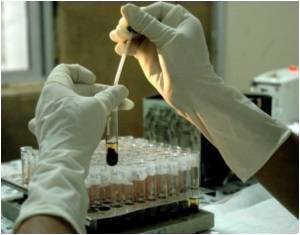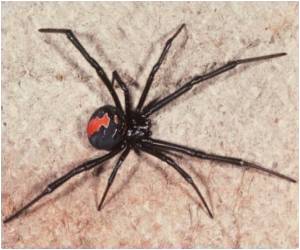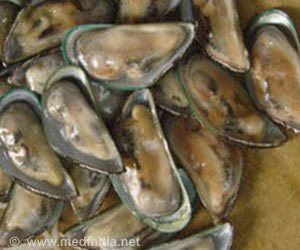Chemists created a nonpermanent adhesive from a natural chemical reaction that can be used in the biomedical field.

‘A nonpermanent adhesive from a natural chemical reaction that may benefit tissue repair or drug delivery has been developed by researchers.’





LSU doctoral candidate Elizabeth Jee led the study. Jee tested more than 20 different combinations of chemicals in this experiment before achieving the intended reaction. "I was so excited. I jumped up and down and ran into the office to tell my lab mates that my experiment worked," said Jee, who will receive her doctorate in August 2016 from the LSU Department of Chemistry.
As the urease breaks down the urea and ammonia is produced, the watery solution changes from acidic to basic. The molecules then begin to build a framework of polymers that entraps water, and the solution solidifies into a gel that resembles Jell-O. In the study, Jee identified how long it takes urease to break down urea, how long it takes the gel to form, at which time the gel will break down in a basic solution and how the solution reacts in different sized containers.
"By tuning the properties of this system, we can adjust the rate of degradation, which might be desirable in a biomedical adhesive or drug carrier in your body," Jee said.
Her Ph.D. advisor, Professor John Pojman, has developed a variety of polymer adhesives and clays that can be manipulated through chemical processes such as applying heat. This latest research is based on previous urea-urease pH clock reaction research he conducted with a collaborator in England.
Advertisement
Source-Eurekalert









